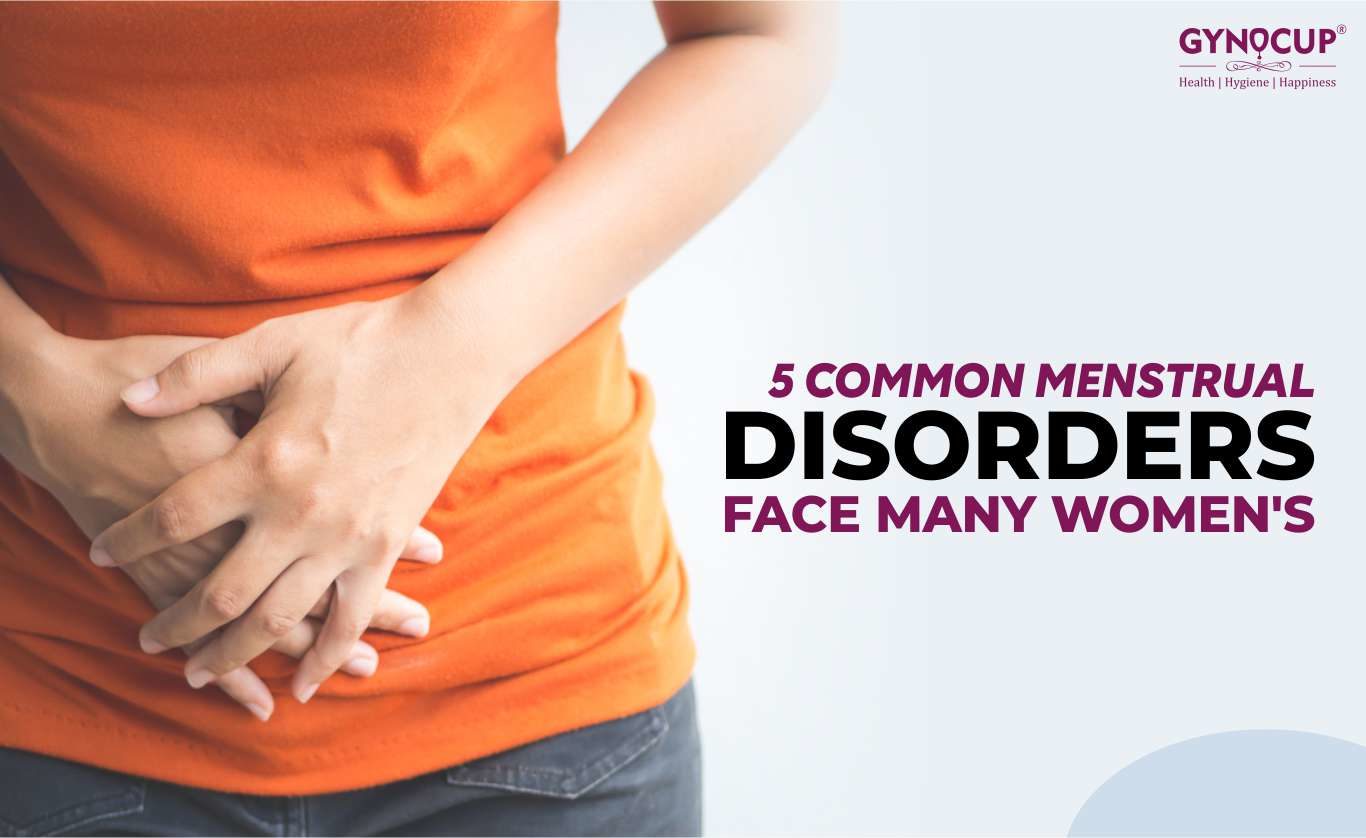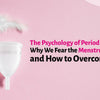5 Common Menstrual Disorders Face Many Women’s

Some Common Menstrual Disorders Faced By The Female Population Around The Globe
What is Menstrual Disorder?
Menstrual disorders are problems related to the menstrual cycle that are faced by women around the globe. It can create a big imbalance in the lives of the women that can range from no extreme mood swings to bearing very painful periods and sometimes it may even lead to inability to conceive. These menstrual disorders cannot be taken lightly and one must visit her Gynecologist to find a cure for these as the women find it easier to open up in front of their doctor than anyone else. It can really take a toll not only on physical health but also on the mental health of a woman. Professional care is necessary to manage it.
But What Causes The Period Disorder?
Every woman is different and the given symptoms may vary in women but the major factors behind menstrual cycle disorder are:
- Hormonal imbalance
- Genetic
- Polycystic ovary Syndrome
- Fibroids in Uterus
- Disease transmitted sexually
- Cancer
Types of Menstrual Disorders
There are majorly five types of menstrual disorders that are experienced in the form of abnormal bleeding, heavy pain, mood swings, depression, emotional trauma, or bloating. Some of the menstrual disorders are:
Menorrhagia (Heavy Bleeding)
Most of the women experience heavy bleeding during their menstrual cycle that disturbs their daily life. If someone experiences heavy menstrual bleeding then it is considered more severe than normal bleeding that takes place in periods. These can be caused due to hormonal imbalance in the body, fibroids in the uterus, tumors, infections, intrauterine devices, miscarriage, leukemia, or disease related to the liver or kidney. The most common symptom of it is that the period of the affected person lasts for more than a week.
Dysmenorrhea (Painful Menstruation)
It is a menstrual disorder that causes extreme pain during periods that are frequent during the periods. The pain occurs in the lower abdomen, lower back, and even thighs. This condition is divided into primary and secondary Dysmenorrhea in which primary Dysmenorrhea is the cramps caused due to menstruation that occur due to contraction in the uterus. On the other hand, secondary Dysmenorrhea is pain that occurs due to menstruation but is also accompanied by some other medical condition like endometriosis or uterine fibroids.
It is caused due to infections, tumors, or abnormal pregnancy. Women who are overweight, smoke, and consume excessive alcohol are at more risk of getting this problem.
Amenorrhea (No Menstruation)
Amenorrhea is a medical condition when no menstruation takes place. It is further divided into two categories: primary and secondary Amenorrhea. The former condition occurs when a girl doesn’t begin to menstruate till the age of 16 and shows no sign of breast development or pubic hair till the age of 13. It is a must that one should consult the doctor in that case. The secondary Amenorrhea condition is said to occur when a female on regular periods stops menstruating for three months at least at a stretch.
The main causes of it are abnormal ovulation, thyroid disorder, excessive exercise, obesity, less weight that can show symptoms like hair loss, change in vision, headache, facial hair, or milky discharge from nipples.
Oligomenorrhea (Light or Irregular Menstruation)
Oligomenorrhea is another period disorder that occurs when a female experiences light or irregular periods and the length of the menstrual cycle may exceed 35 days that result in less than 9 periods in a year. These are very common among girls who start menstruating. This condition occurs due to hormonal imbalance, emotional stress, excessive weight gain or loss, eating disorders, or too much exercise that is strenuous. One may experience blood clots and change in the flow of blood due to it.
Premenstrual Syndrome (PMS)
Premenstrual syndrome (PMS) is another menstrual cycle disorder that is characterized by a set of symptoms that women experience before the commencing of the periods that affect women’s emotional and physical health and also cause changes to their behavior. These symptoms start showing before 6 to 11 days of periods and it subsides gradually with the beginning of the menstruation cycle. Some of the common symptoms of Premenstrual syndrome (PMS) that can be seen in women are bloating, irritability, anxiety, constipation, depression, fatigue, vision changes, acne, swollen or painful breasts, food cravings, etc.
- Posted in menstrual cycle disorders, menstrual disorders, period disorder, TIPS FOR BEGINNERS, types of menstrual disorders













